Variegated Sweet Gum
Liquidambar styraciflua 'Variegata'
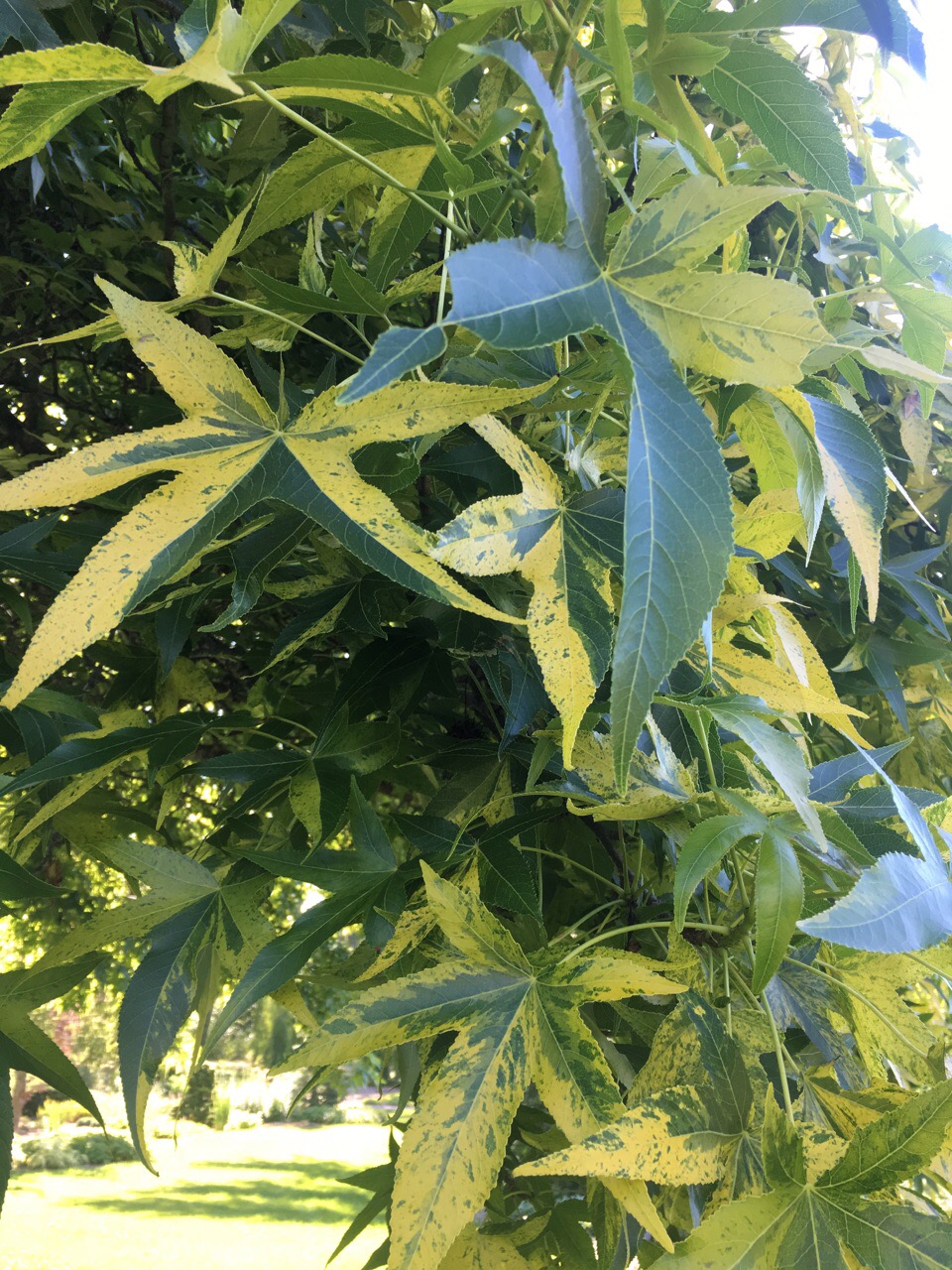 COLLECTION
COLLECTION
Conifer Garden
FAMILY
Altingiaceae
PLANT TYPE
Deciduous Tree
ZONE
5-9
CULTURE
This low maintenance shade tree grows well in medium moist, well-drained, fertile soils in full sun. Not reliably winter hardy in northern areas.
NOTEWORTHY CHARACTERISTICS
Typically growing from 60-80’ tall, this shade tree features glossy, long-stalked green leaves and turns a brilliant mixture of yellow, orange, red, and purple hues in the fall. Colloquially know as sweet gum, the leaves are slightly fragrant when bruised.
PROBLEMS
No serious insect or disease problems. Rabbit and deer tolerant.
GARDEN USES
Must be planted in a large area with room to grow and would be an excellent lawn or park tree. Although it is noted as low maintenance, the flowers give way to the infamous bristly gum balls which mature to dark brown and remain on the tree through winter. It is advised to clean up in pedestrian areas because it could become a safety hazard.
CONIFER GARDEN COLLECTION
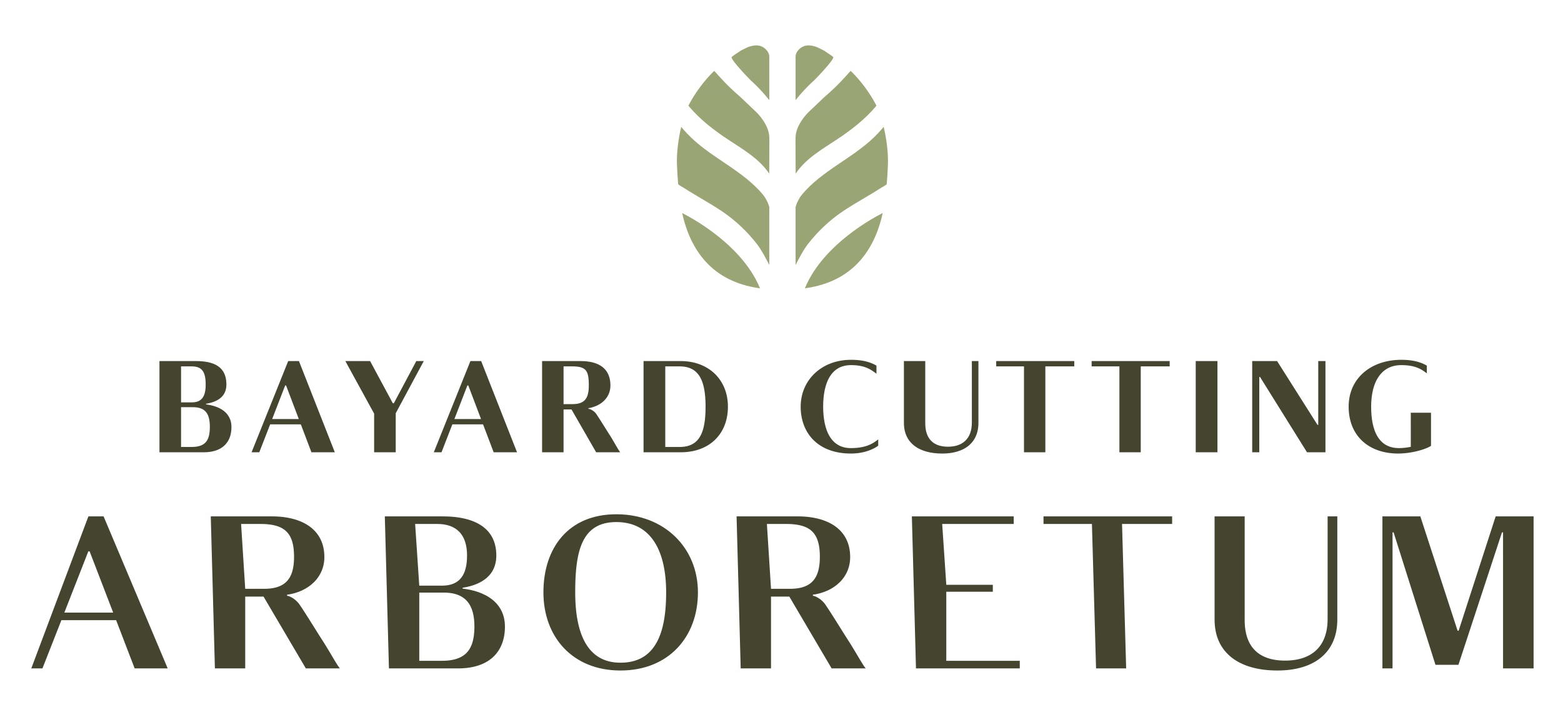
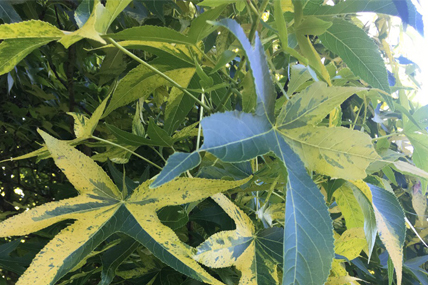
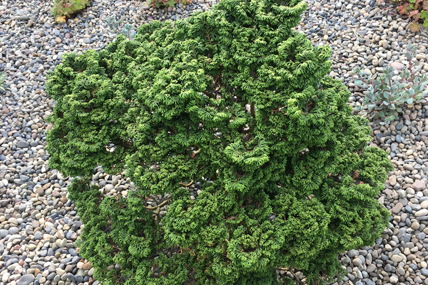

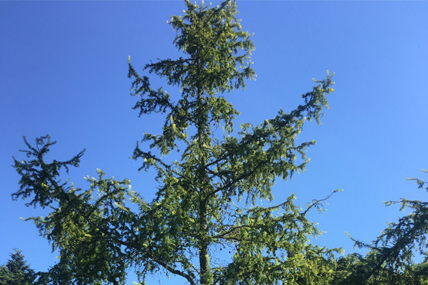
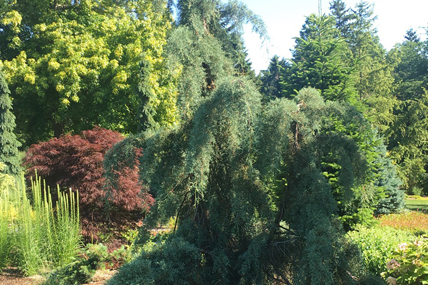
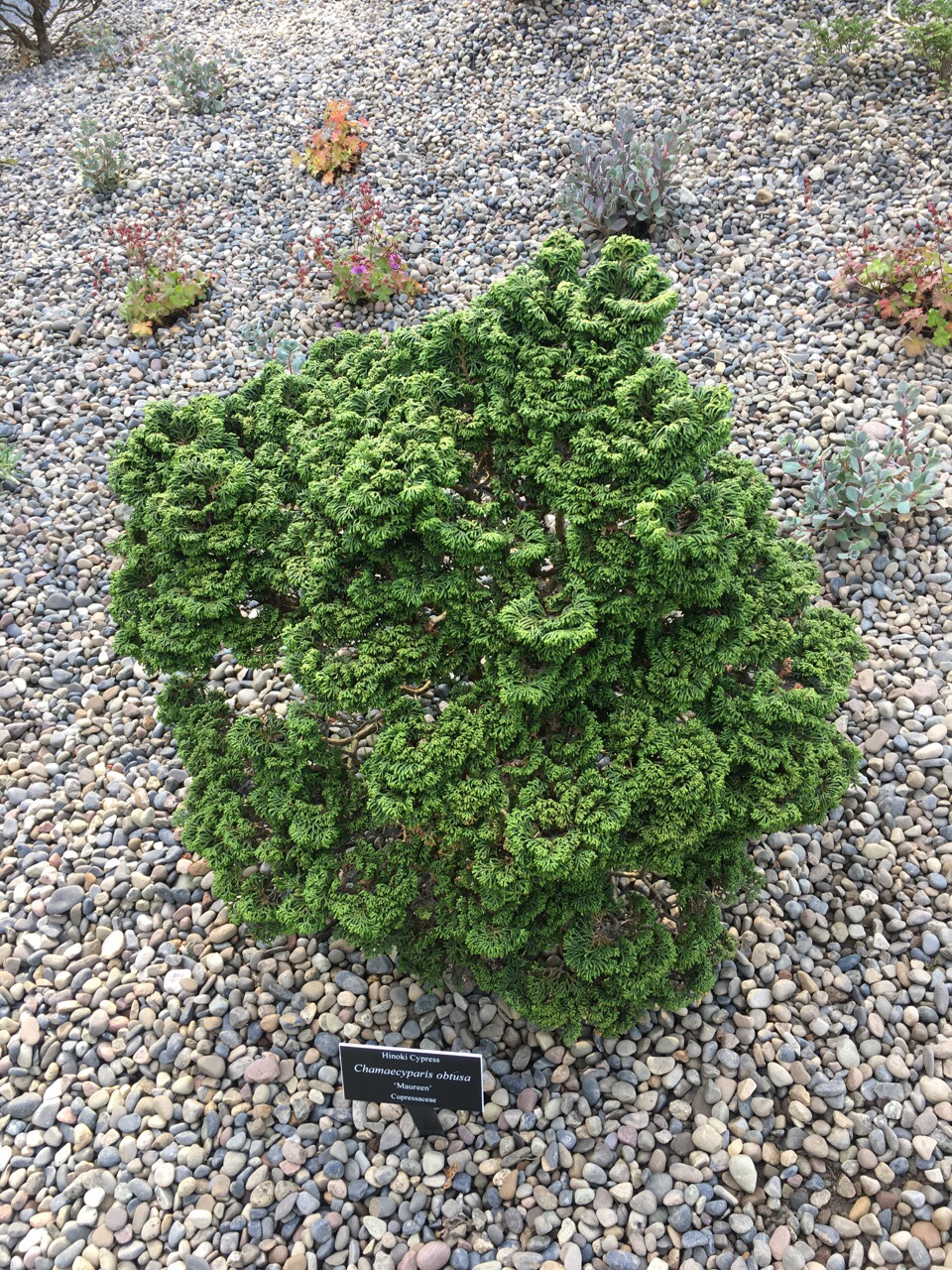 COLLECTION
COLLECTION COLLECTION
COLLECTION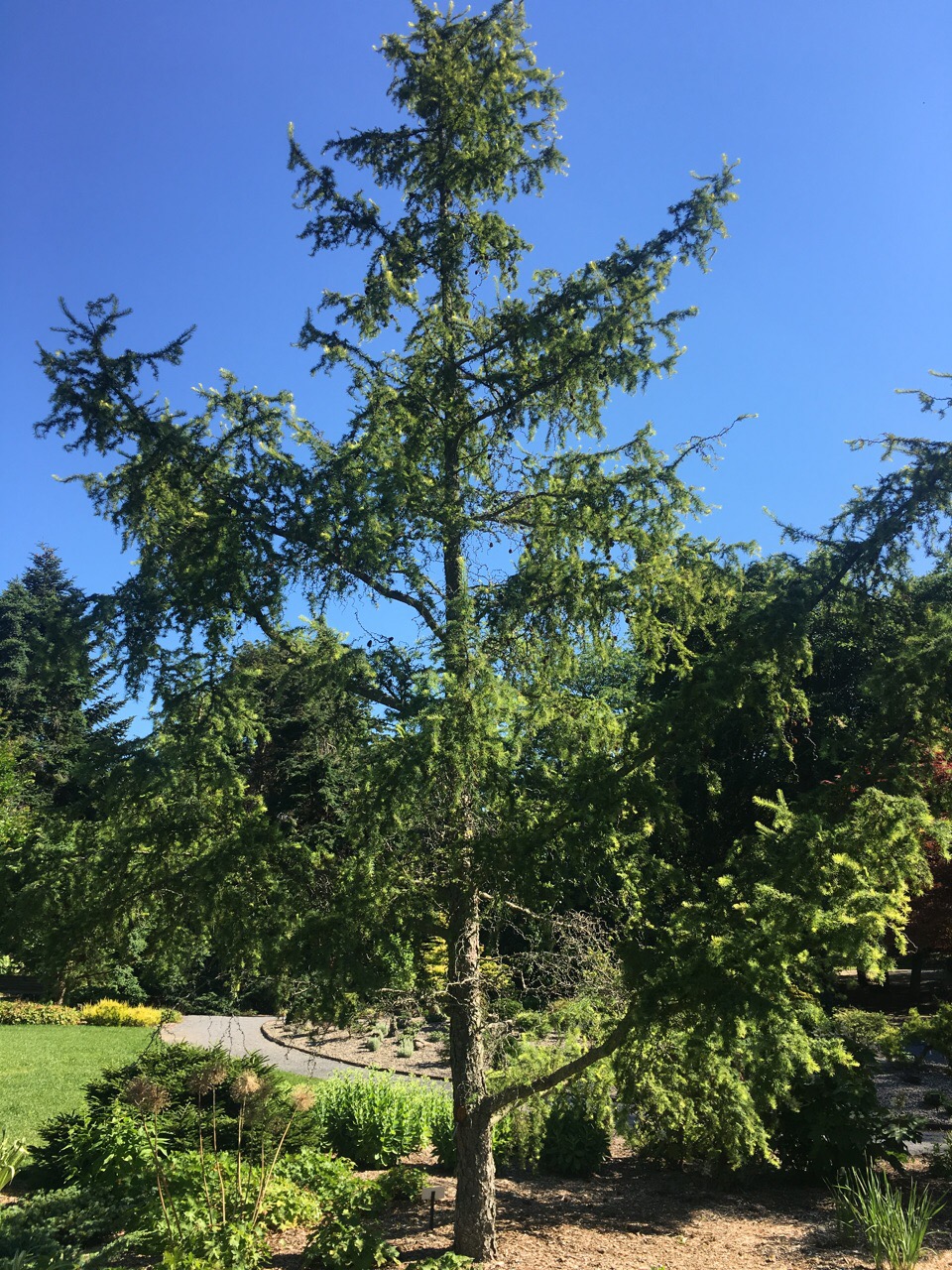 COLLECTION
COLLECTION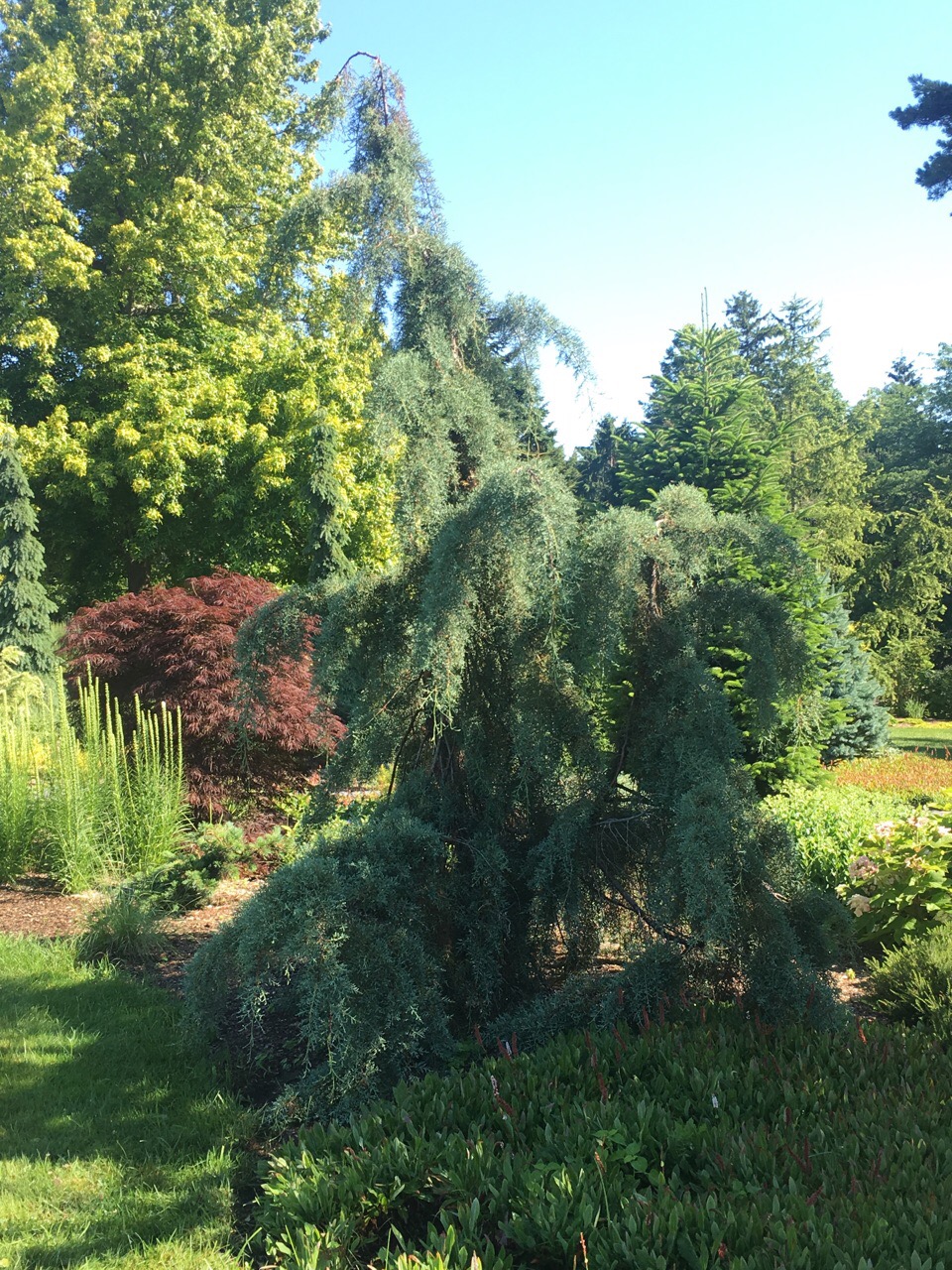 COLLECTION
COLLECTION